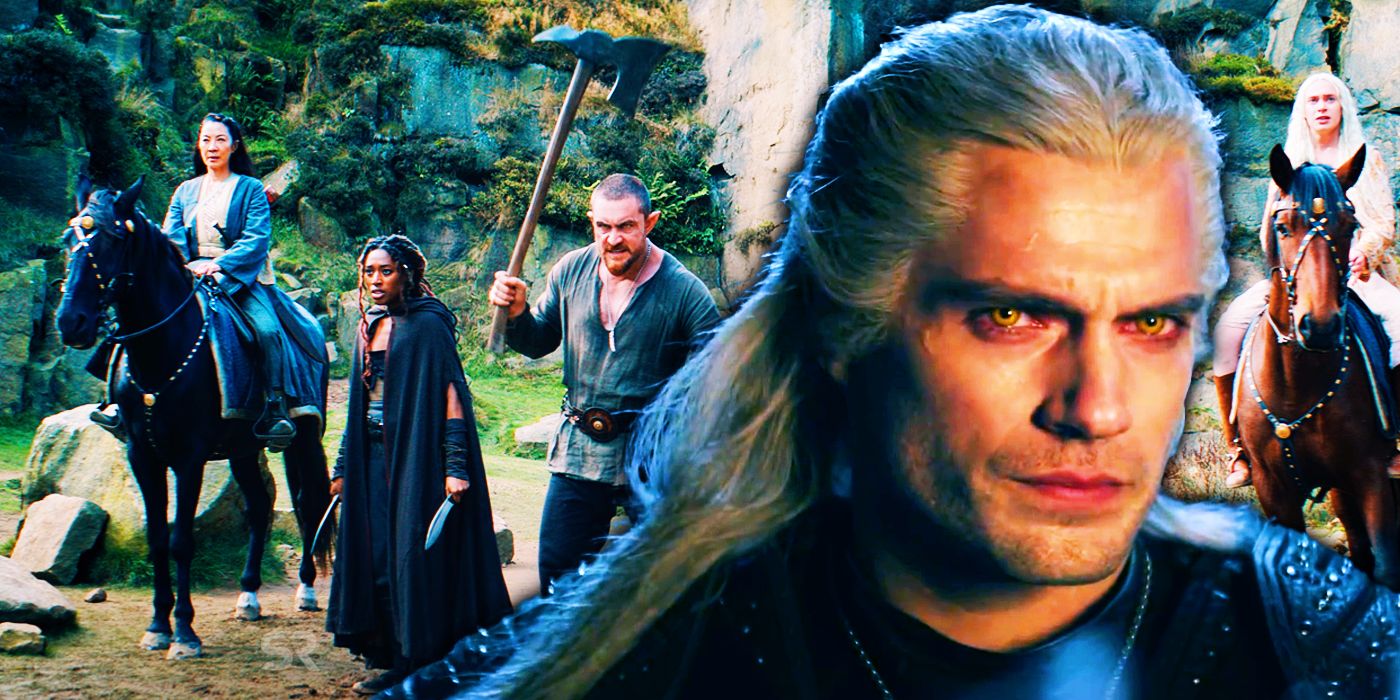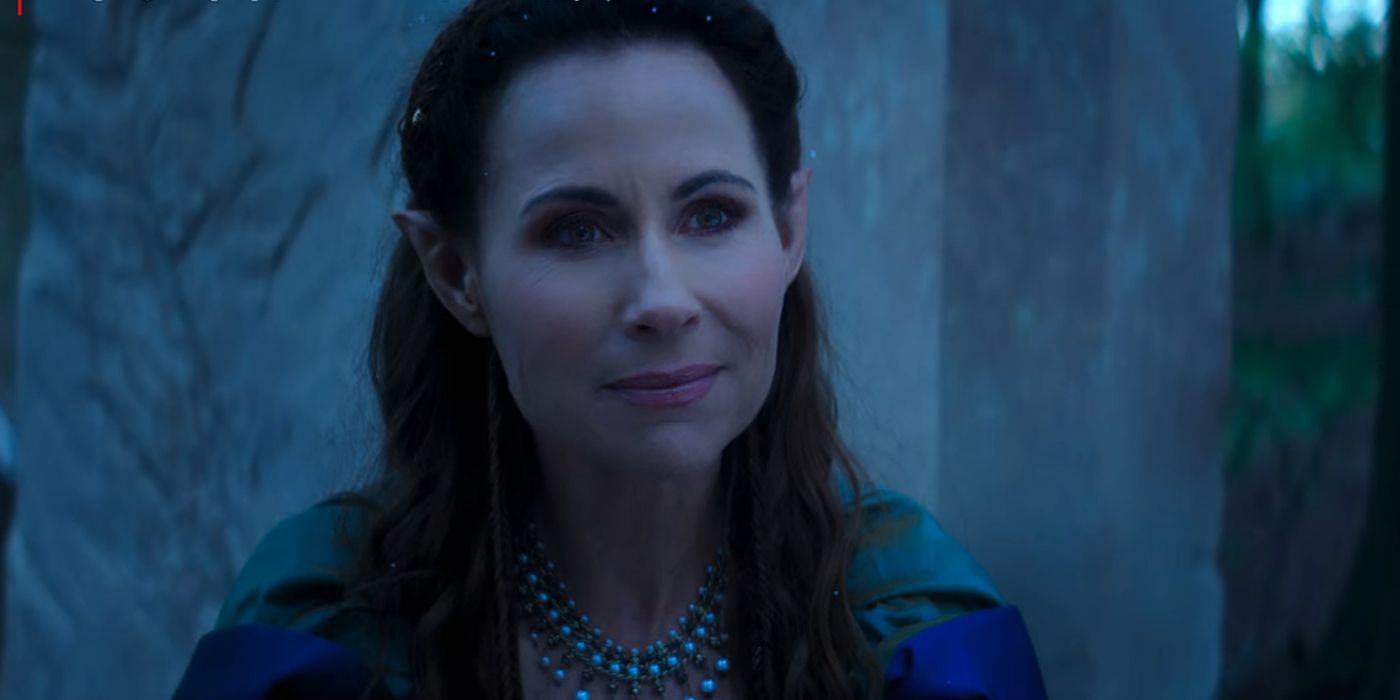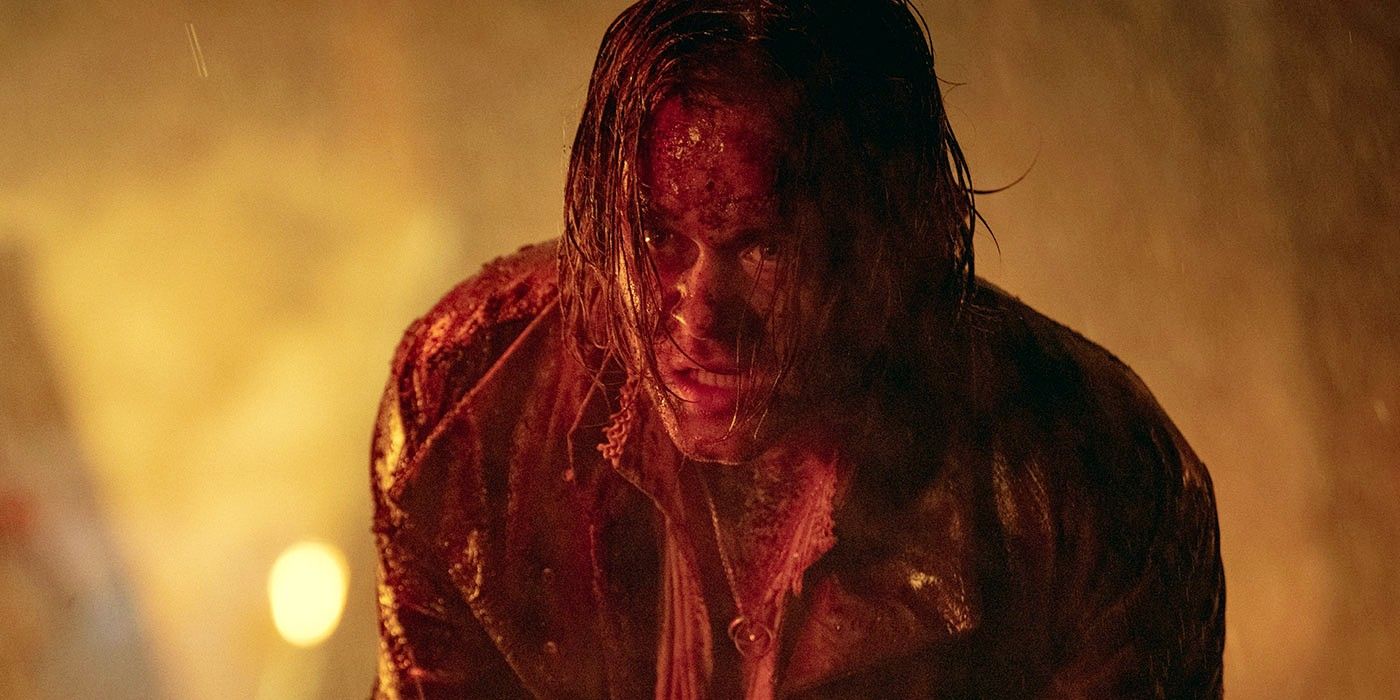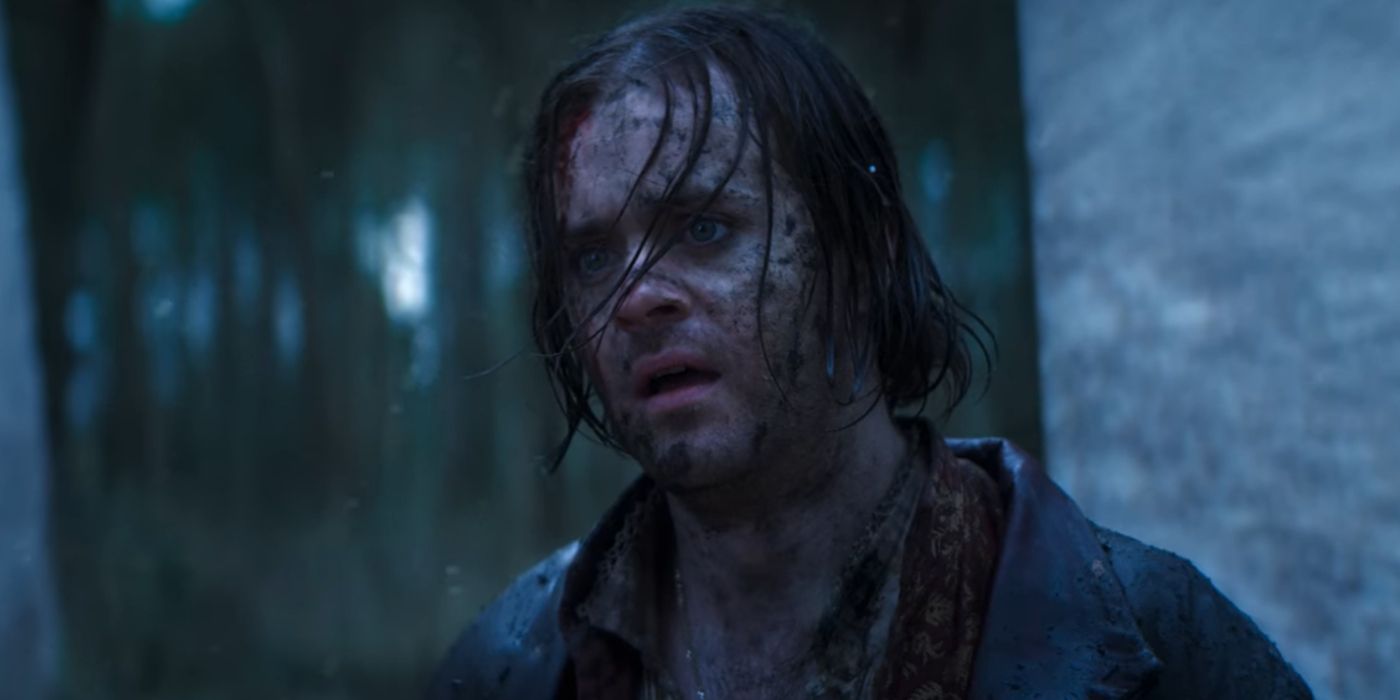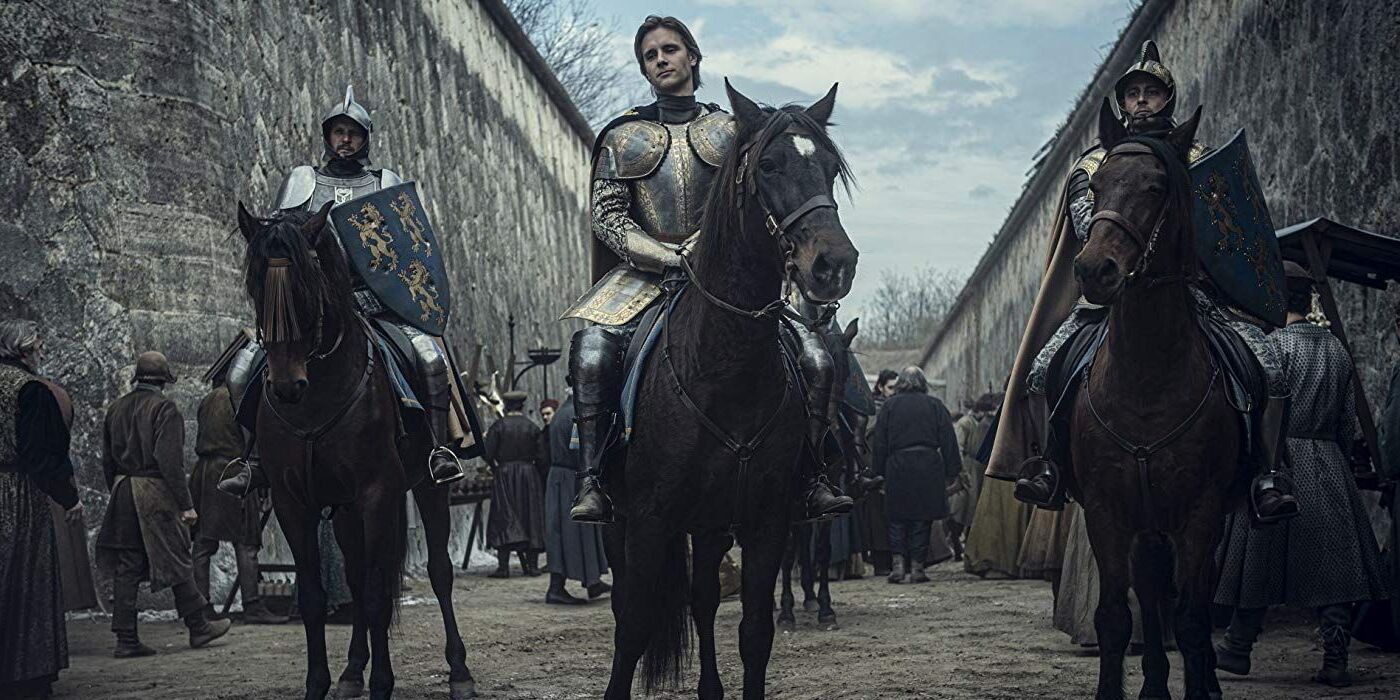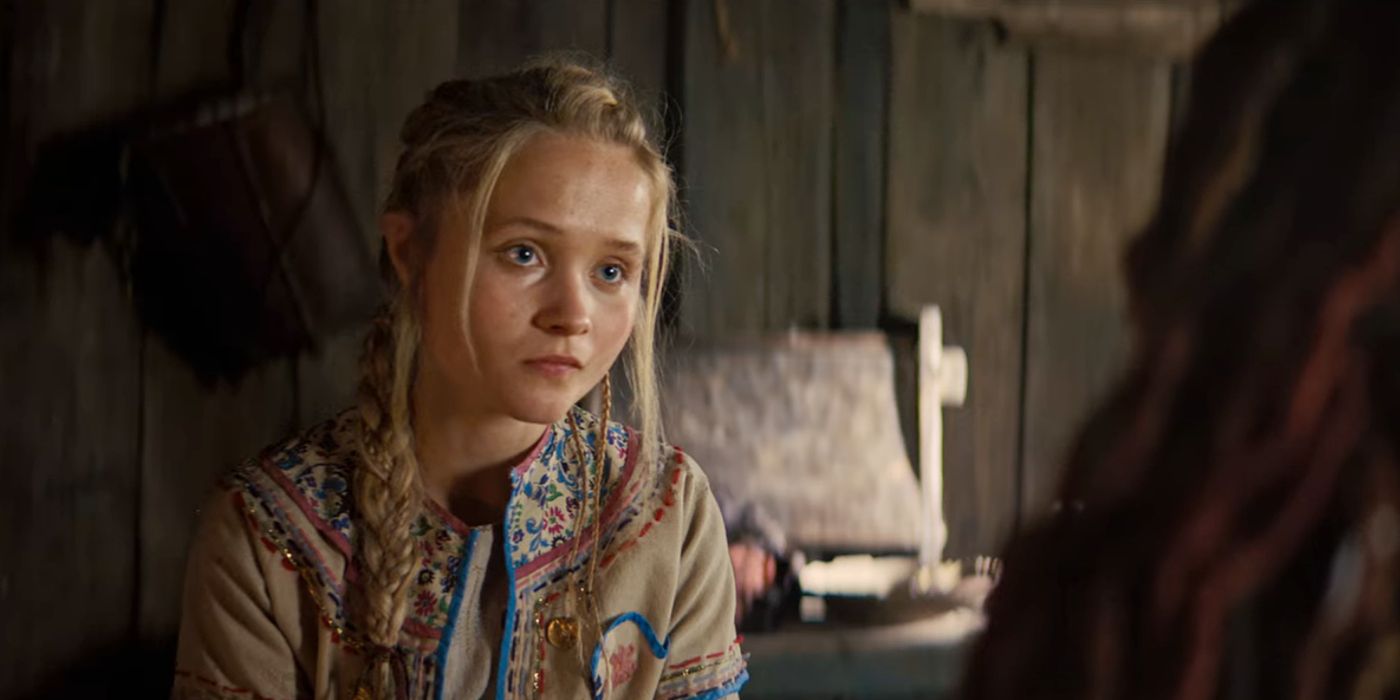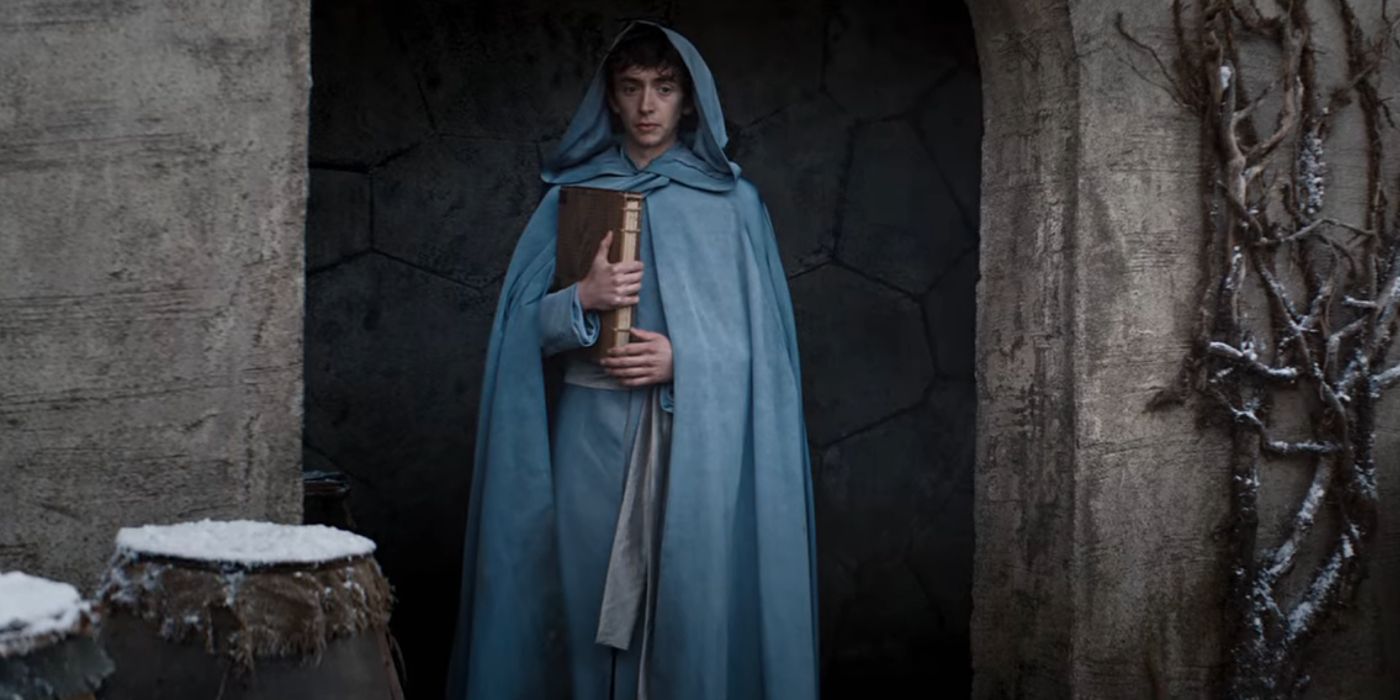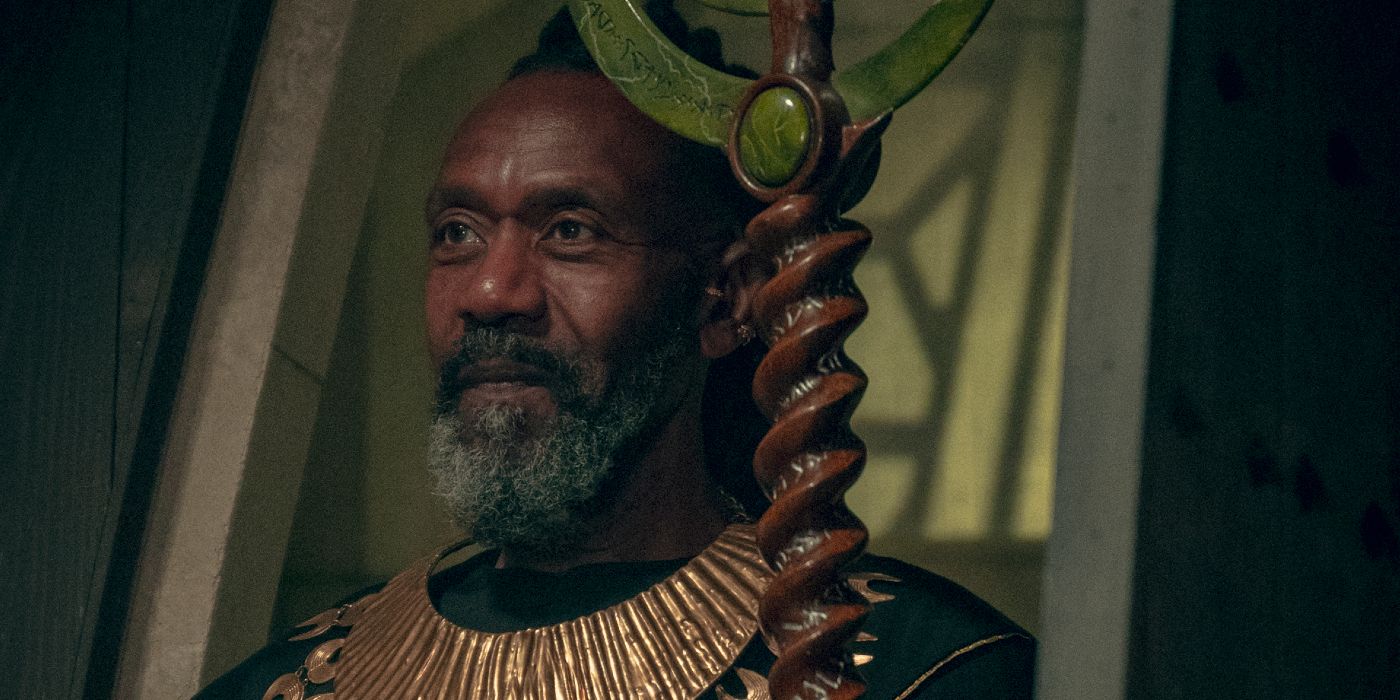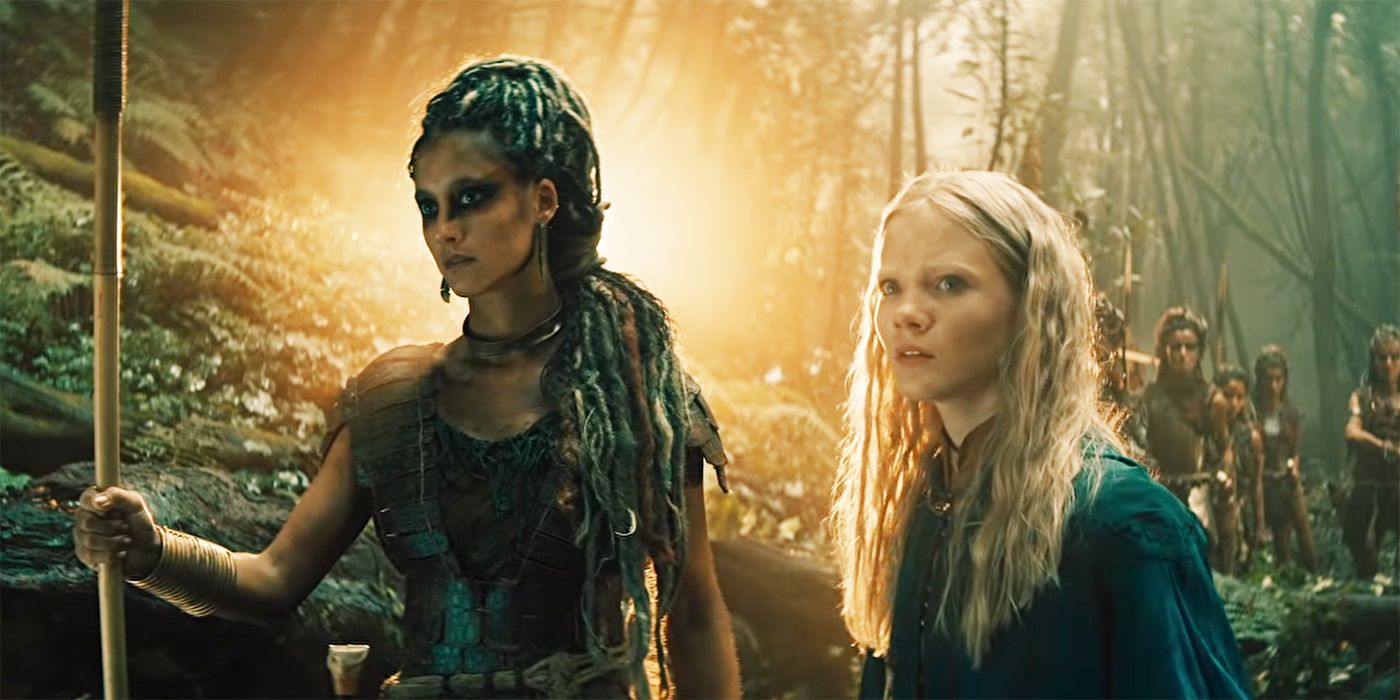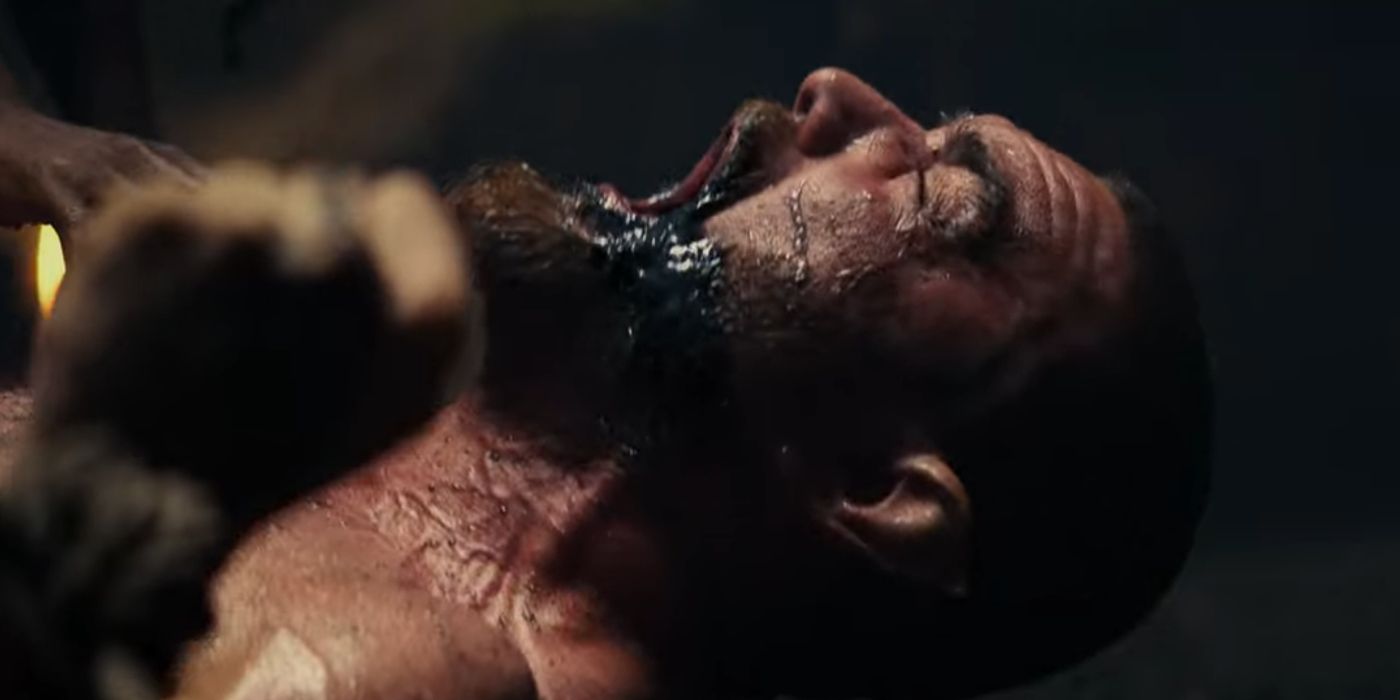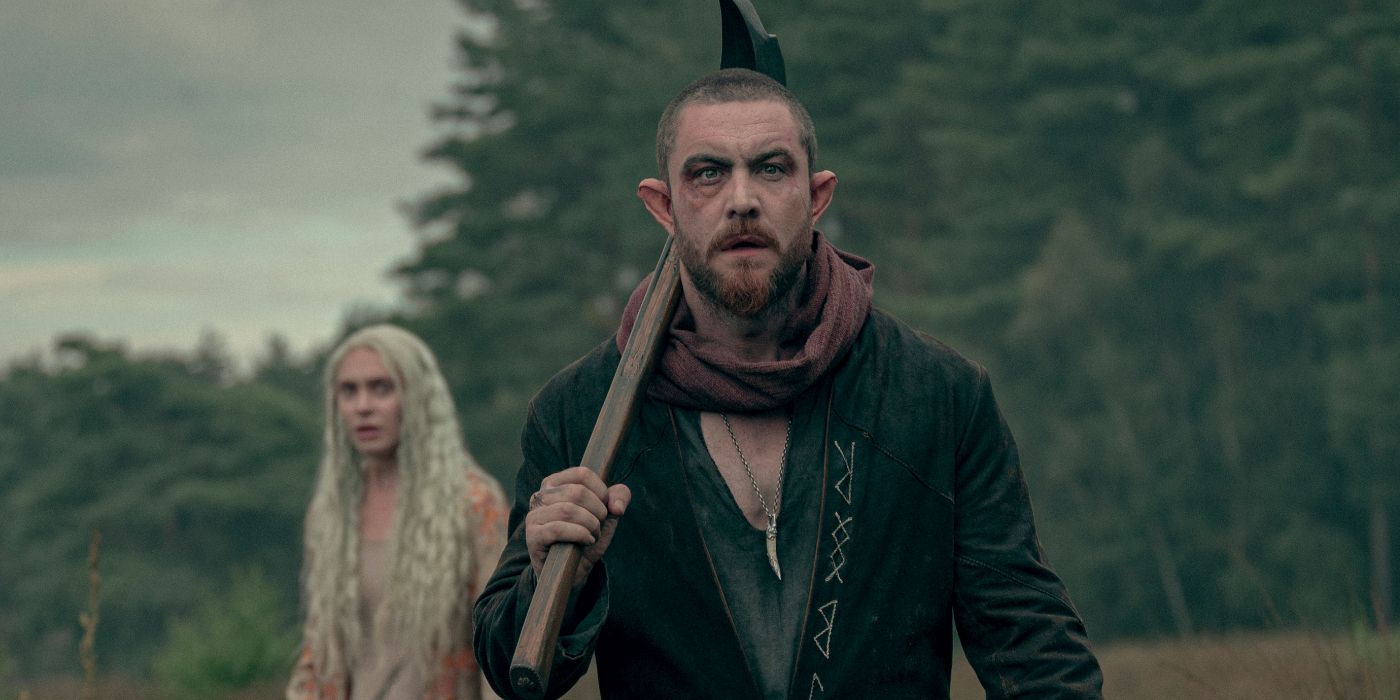This article contains spoilers for The Witcher: Blood Origin.The Witcher: Blood Origin features a wealth of references to the franchise's greater lore. Inspired by the novels and short stories written by Polish author Andrej Sapkowski, Netflix's The Witcher franchise is set in a world where fantastical races collide in war. Geralt of Rivia and his ward Ciri stand at the heart of this conflict; an ancient prophecy speaks of Ciri as the one who will have the power to burn the world, and Geralt must ensure she survives to claim her destiny.
History is cyclical in the world of The Witcher, which means Netflix has chosen to expand the ongoing story in a surprising way - by revealing what has gone before. Although The Witcher: Blood Origin features original cast, the concepts in play are very familiar indeed and the patterns they follow are the same ones Geralt and Ciri will live through. The prequel series, set 1,200 years before the events of the main show, is therefore essential viewing - and it features a wealth of Easter eggs and references to the deeper lore.
10 Who Is The Storyteller In The Witcher: Blood Origin?
The narrative of The Witcher: Blood Origin is told by a mysterious Storyteller, identified as Seanchai in Netflix's official cast list. This being claims to be able to slip through the cracks between time and space with ease, collecting stories that have been lost in the mists of time. Played by Minnie Driver, Seanchai could become important going forward. According to showrunner Lauren S. Hissrich, the writers are actively discussing how they can bring her back, and hopefully that means there will be more clues. Some viewers have suggested Seanchai parallels an enigmatic being named Gaunter O'Dimm in The Witcher III, while others believe she is linked to a creature called Brewess from the same game.
9 Jaskier Initially Thinks The Storyteller Is A Doppler
Jaskier's first guess is more prosaic, of course; because the Storyteller initially takes on his own form, he suggests she is a Doppler. Shapeshifters who impersonate others, Dopplers played a major role in The Witcher season 1, proving to be perfect hunters. According to Seanchai, there's a different reason she impersonated Jaskier; she tries to put people at ease by taking the form tey most love, and he's an egotist.
8 The Storyteller Calls Jaskier "The Sandpiper" In The Witcher: Blood Origin
Jaskier's cameo in The Witcher: Blood Origin helps draw the various narrative threads together, but it also hints at his role in history. The Storyteller is a collector of stories, and she addresses Jaskier as "The Sandpiper," much as she prefers to call Éile the Lark. This may well be a hint that Jaskier's heroism as a friend of the elves makes him more important to history than he realizes; that the one who likes to sing songs will be the subject of stories and songs himself, as the revered Sandpiper.
7 Xin'trea Is The Elven Name For Cintra
The main story of The Witcher: Blood Origin is set 1,200 years before the "present," however, in the last days of elven dominance. It sees the Princess Merwyn and high priest Balor establish a Golden Empire based around the city of Xin'trea, which is actually a familiar location from the show. Xin'trea is the eleven name for Cintra, the city sacked by Nilfgaard in The Witcher season 1. Ciri is the princess of the Kingdom of Cintra, which will clearly remain important to the history of the Continent.
6 The Witcher: Blood Origin Introduces Ithlinne
The Witcher: Blood Origin introduces the seer Ithlinne, played by Ella Schrey-Yeats. Portrayed as a friend of the Witchers, Ithlinne is the one who sends the Lark on her quest, and she foresees a future seed of the Lark who will threaten all creation. This particular prophecy was lost in the mists of time until the Storyteller told the Song of the Seven to Jaskier, but other prophecies told by Ithlinne have been remembered. The most famous of Ithlinne's prophecies concerns Ciri, too:
"An old elven prophecy about the end of the world: 'The Wolf's Blizzard approaches, the time of the sword and axe. The Time of the White Frost and White Light, the Time of Madness and Disdain, Tedd Deireadh, the Final Age. The world will perish amidst ice and be reborn with the new sun. Reborn of the Elder Blood, of Hen Ichaer, of a planted seed. A seed that will not sprout but burst into flames!'"
5 Avallac'h & Eredin Are Important Figures In The Witcher
The Witcher: Blood Origin introduces Avallac'h (Samuel Blenkin) and Eredin (Jacob Collins-Levy), two elves who are scattered across time and space by the Conjunction of the Spheres. Blood Origin's post-credits scene reveals Avallac'h has already begun to fixate on Ciri, sensing her potential, while Eredin technically learned of Ciri at the end of The Witcher season 2. He is the leader of the Wild Hunt, riding between the worlds seeking prey. He's expected to be a major part of The Witcher season 3.
4 The Elves' Chaos & Order Magic
High Priest Balor gains access to Chaos Magic, which was apparently unknown on the Continent until he began to travel between the worlds. This is a lot more common by the time of Geralt and Ciri, although it remains dangerous. Fire magic is particularly destructive to your own soul, as Yennefer learned to her cost.
3 The Witcher: Blood Origin Mentions Brokilon Forest
Most place-names in The Witcher: Blood Origin are unknown, which makes sense; they're elvish names, and The Witcher is mostly told from a human perspective. One important exception is Brokilon Forest, name-dropped in Blood Origin and destined to become the last hold-out of elves on the Continent. Ciri visited Brokilon Forest in The Witcher season 1, and it may well return given its prominence in Sapkowski's books.
2 The Witcher: Blood Origin Shows The First Trial Of The Grasses
Witchers are created by undergoing the Trial of the Grasses, and the one shown in The Witcher: Blood Origin is something of a rough-and-ready affair. Interestingly, it involves the flower Feainnewedd, which viewers may remember from The Witcher season 2. In the franchise's lore, Feainnewedd only grows in a region called Dol Blathanna, and is otherwise associated with the Elder Blood; Geralt and the Witchers were surprised to see these flowers growing wherever Ciri's blood had been spilled, hinting at her true nature.
1 The Witcher: Blood Origin's Poisoned Sheep Plan
This wouldn't be The Witcher without monsters, and the creature unleashed by Balor appears to be a variant of dragon. Brother Death proposes feeding it a poisoned sheep, an idea that's played for comedy but actually lifted from the books. In Sapkowski's short story "The Bounds of Reason," one shepherd really did kill a dragon by feeding it as a poisoned sheep - and even tried to repeat the strategy when a second dragon attacked. It's amusing to see The Witcher: Blood Origin make a reference to this story, which Geralt objected to.
The Witcher: Blood Origin is streaming now on Netflix.

